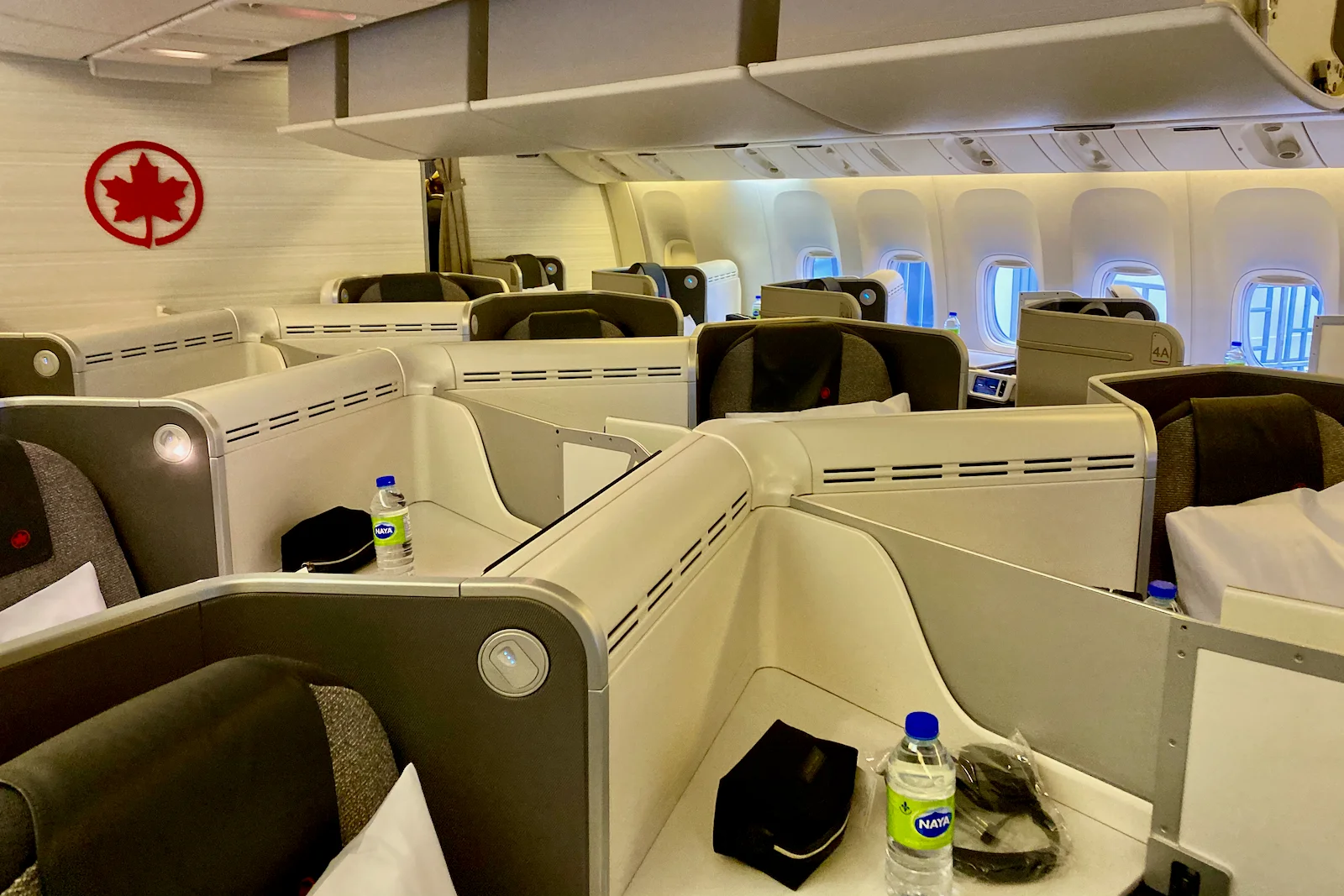Air Canada recently announced its acquisition of 18 Boeing 787-10 Dreamliners, with options for an additional 12 aircraft, signaling a strategic move to modernize its fleet and improve operational efficiency. While these new acquisitions are intended to replace older wide-body aircraft, questions linger regarding the fate of the airline’s Boeing 777-300ERs and the potential selection of successors.
Role of Boeing 777-300ERs in Air Canada’s Operations
Air Canada currently operates a fleet of 19 Boeing 777-300ERs across various domestic and international routes, serving key destinations from its hubs in Toronto, Vancouver, and Montreal. These aircraft, with their high-density configurations, play a pivotal role in the airline’s network, offering capacity and range for long-haul flights.
Longevity of the 777-300ERs
Despite the introduction of newer aircraft, the 777-300ERs are expected to remain in service for the foreseeable future, with some aircraft approaching 30 years of operation. Air Canada’s commitment to maintaining its fleet until its late 20s or early 30s underscores the importance of these aircraft in its operations.
Consideration for Successor Aircraft
With the impending retirement of older aircraft types such as the A330-300s, Air Canada faces the challenge of selecting suitable replacements for its fleet. While the Boeing 787-10 Dreamliners offer improved efficiency, their capacity limitations may not fully align with the operational requirements of the 777-300ERs.
Potential Role of Boeing 777X
In evaluating potential successor aircraft, the Boeing 777X, particularly the 777-9 variant, emerges as a strong contender. With its larger capacity and enhanced performance capabilities, the 777-9 could seamlessly replace the 777-300ERs on high-demand routes, ensuring continuity in Air Canada’s operations.
Future Outlook
As Air Canada navigates its fleet modernization strategy, the selection of the Boeing 777X as a successor to the 777-300ERs holds promise for maintaining operational efficiency and meeting evolving passenger demands. However, the timing of aircraft certification and production availability will be critical factors influencing the airline’s decision-making process.
Conclusion
The transition towards a more modern and fuel-efficient fleet reflects Air Canada’s commitment to sustainability and competitiveness in the global aviation market. By carefully evaluating its options and considering the long-term implications, the airline aims to position itself for continued success in the years to come.

